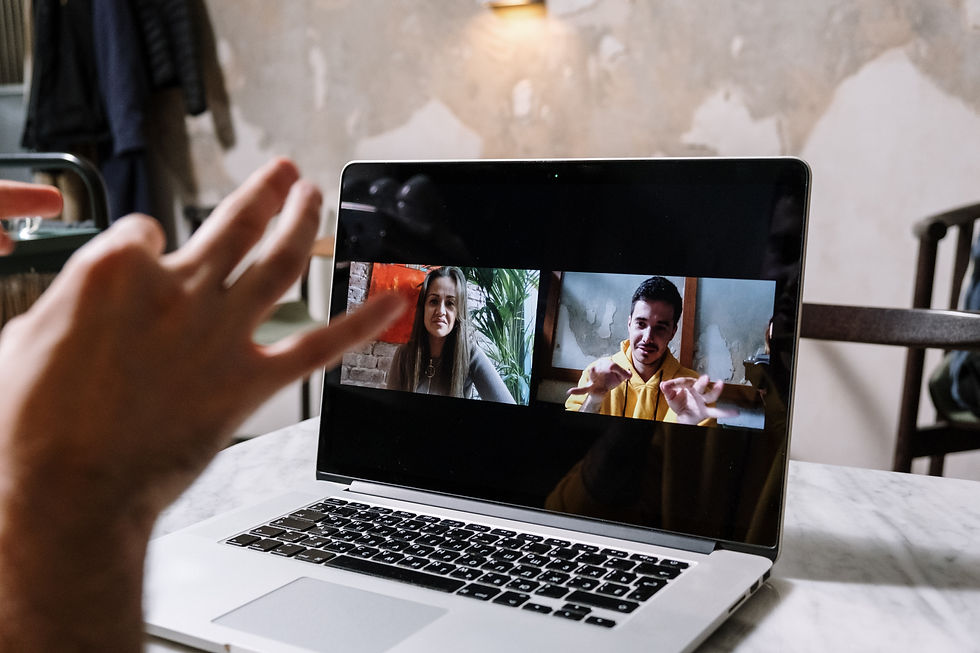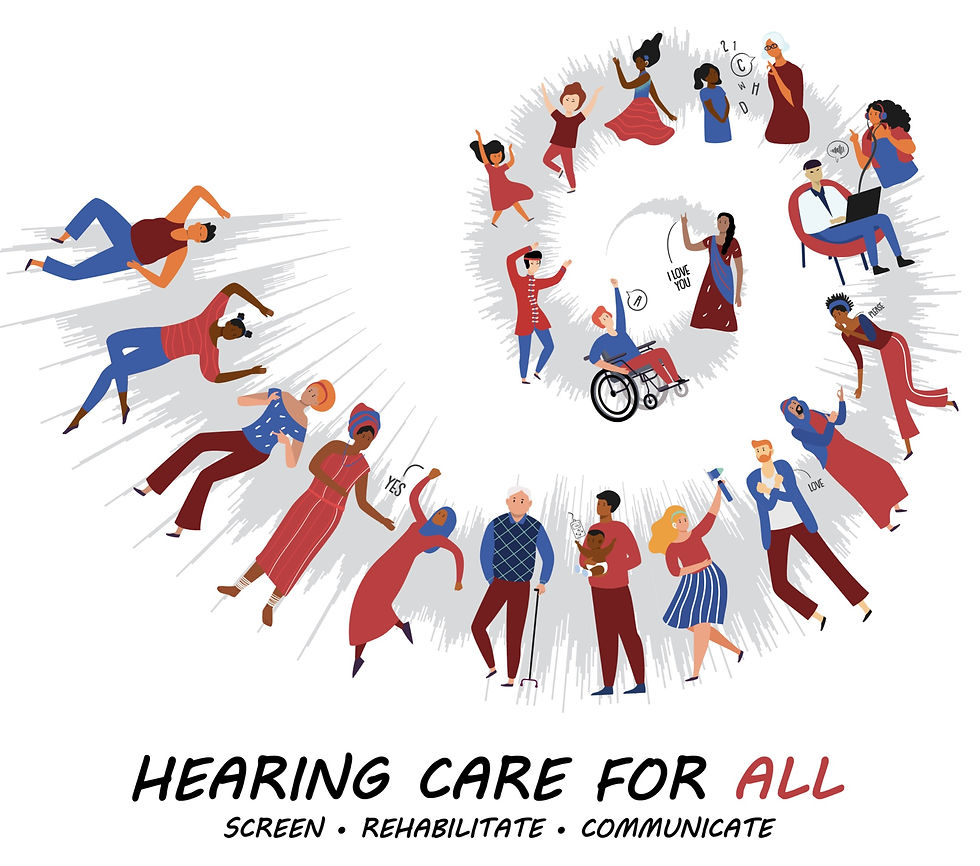Being deaf in a digital age.
- Pete Phillips

- Mar 3, 2021
- 2 min read
by Laura Neale and Emma Major
What are the issues the deaf community have with accessing online content and belonging in online communities?
When we went into lockdown, many people more became reliant on the internet, and particularly social media, to stay connected with friends and family members. Platforms like Facebook, Twitter, Instagram, YouTube and Zoom have also enabled many of us to continue to be connected with the communities we are part of, including church and hobby groups. However, while making these groups accessible online, some people are having difficulty accessing content and belonging in a community.

World Hearing Day - a time to understand
As today (3rd March 2021) is World Hearing Day, we wanted to share about a few of the problems the deaf community are experiencing accessing online content and belonging in online communities.

In order for us to be part of a community, we need to be able to engage with the other people there.
It is for this reason that many people have enjoyed Zoom and other video-calling programs and applications.
But for Emily Owen, a deaf Christian who became deafened by Neurofibromatosis (type 2), and other people in the deaf community, communicating has been made more difficult with the use of video calling as lip reading is made harder, particularly when there are multiple faces on one small screen. There are applications that can be used to add captions to videos but, as Emily explains, although ‘live captions are good and helpful, they’re not always reliable in accuracy’.
Facebook, Twitter and Instagram have also experienced an increase in usage since the pandemic began. Many of these platforms are enjoyed and used widely within the deaf community due to their visual nature. Each of these platforms rely on written text or pictures to share a message which means they work well for people with hearing impairments (not so much for those who are visually impaired but we’ll come back to that another time).
What can we all do?
In order to make your digital community more accessible and inclusive to the deaf community, please consider the following:
Speak slowly when talking on camera
Have a BSL interpreter included in video calls - see, for example, SignsofGod
Use captions when possible on video calls and all the time on pre-recorded videos (check them for accuracy before sharing)
Make use of text based platforms such as Facebook, Twitter and blogs
Ask the deaf people in your community what you could do to be more inclusive and accessible
Look at the resources availabe on Open Ears





Comments